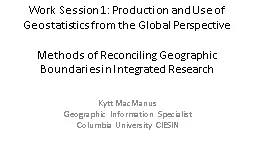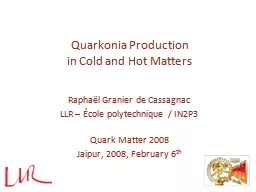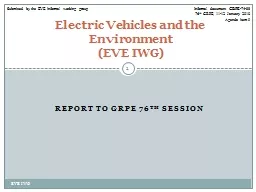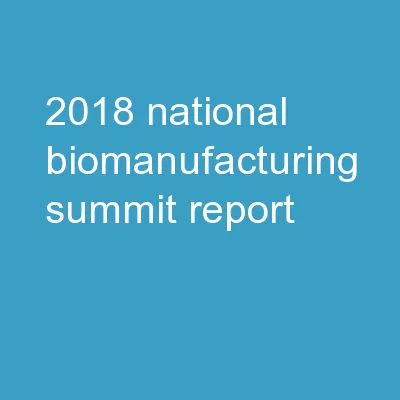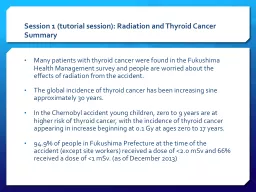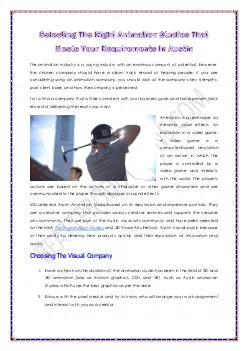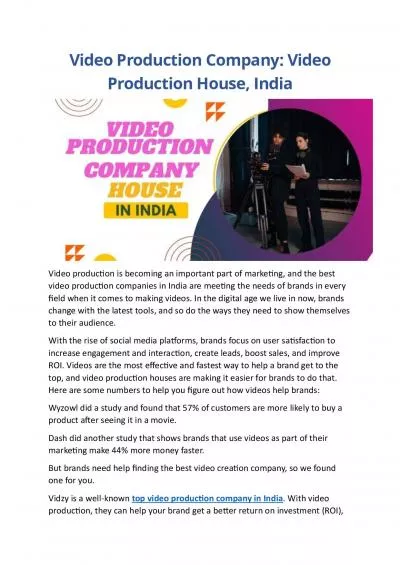PPT-Work Session 1: Production and Use of
Author : yoshiko-marsland | Published Date : 2017-04-23
Geostatistics from the Global Perspective Methods of Reconciling Geographic Boundaries in Integrated Research Kytt MacManus Geographic Information Specialist
Presentation Embed Code
Download Presentation
Download Presentation The PPT/PDF document "Work Session 1: Production and Use of" is the property of its rightful owner. Permission is granted to download and print the materials on this website for personal, non-commercial use only, and to display it on your personal computer provided you do not modify the materials and that you retain all copyright notices contained in the materials. By downloading content from our website, you accept the terms of this agreement.
Work Session 1: Production and Use of: Transcript
Download Rules Of Document
"Work Session 1: Production and Use of"The content belongs to its owner. You may download and print it for personal use, without modification, and keep all copyright notices. By downloading, you agree to these terms.
Related Documents

